Submitted by WA Contents
Foster + Partners unveils post-earthquake revitalization masterplan for Hatay
Turkey Architecture News - Aug 05, 2024 - 14:50 3070 views
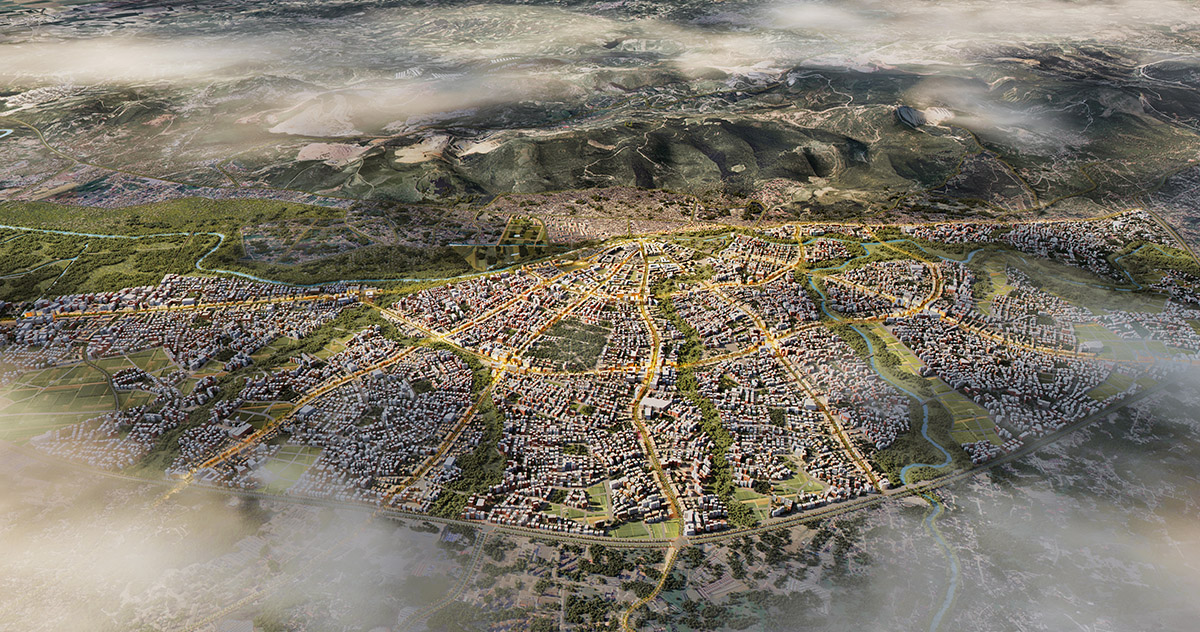
Foster + Partners has unveiled a revitalization masterplan for an earthquake-hit region Hatay in southeast Turkey, after the terrible earthquake that struck Turkey and Syria on February 6, 2023.
For the revitalization masterplan, Foster + Partners collaborated with leading Turkish practices DB Architects and KEYM Urban Renewal Centre, alongside engineering firm Buro Happold, and transport planning firm MIC-HUB.
The masterplan is part of a larger revitalization plan led by Türkiye Design Council (TDC), an NGO that, following the earthquake, brought together local and international firms in engineering, planning, architecture, and urban design.
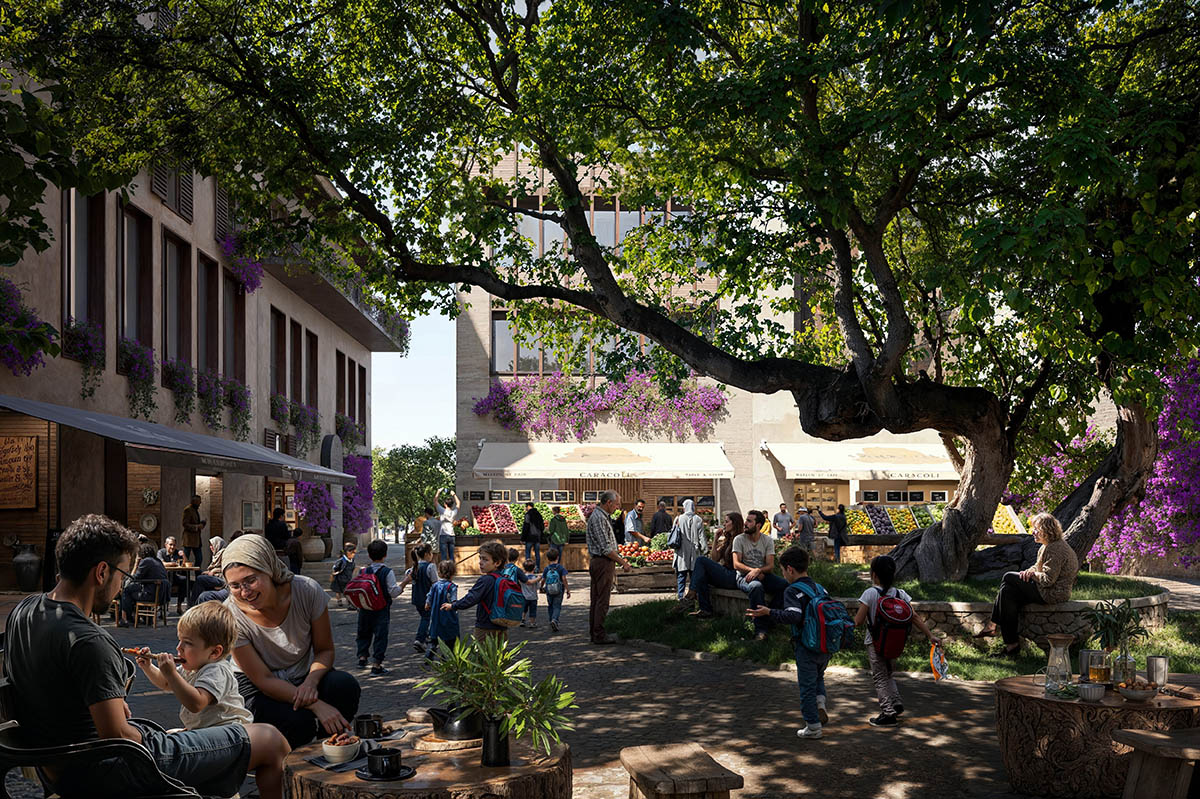
A network of open spaces is enriched, to give residents easy access to local plazas and shared spaces
Foster + Partners has presented a set of eight design principles to define emerging plans for the larger Hatay province. It covers a 30-square-kilometer area of Antakya, Hatay's capital district and one of the most important cities in antiquity, Antioch. It expands on past and current efforts by TDC's Hatay Collaboration Group of architects to swiftly and meticulously create reconstruction blueprints for the area.
It is vital to redesign and reconstruct the city for future generation because an estimated 80 per cent of it has been destroyed, as Foster + Partners explained.
In order to strengthen the local character and climate, the masterplan strives to preserve the town's beloved spirit as well as pre-earthquake characteristics in terms of scale, relationships, and configurations.
By building more community hubs, effective transit networks, and open green areas, it improves accessibility and inclusivity while fortifying the city's resilience.
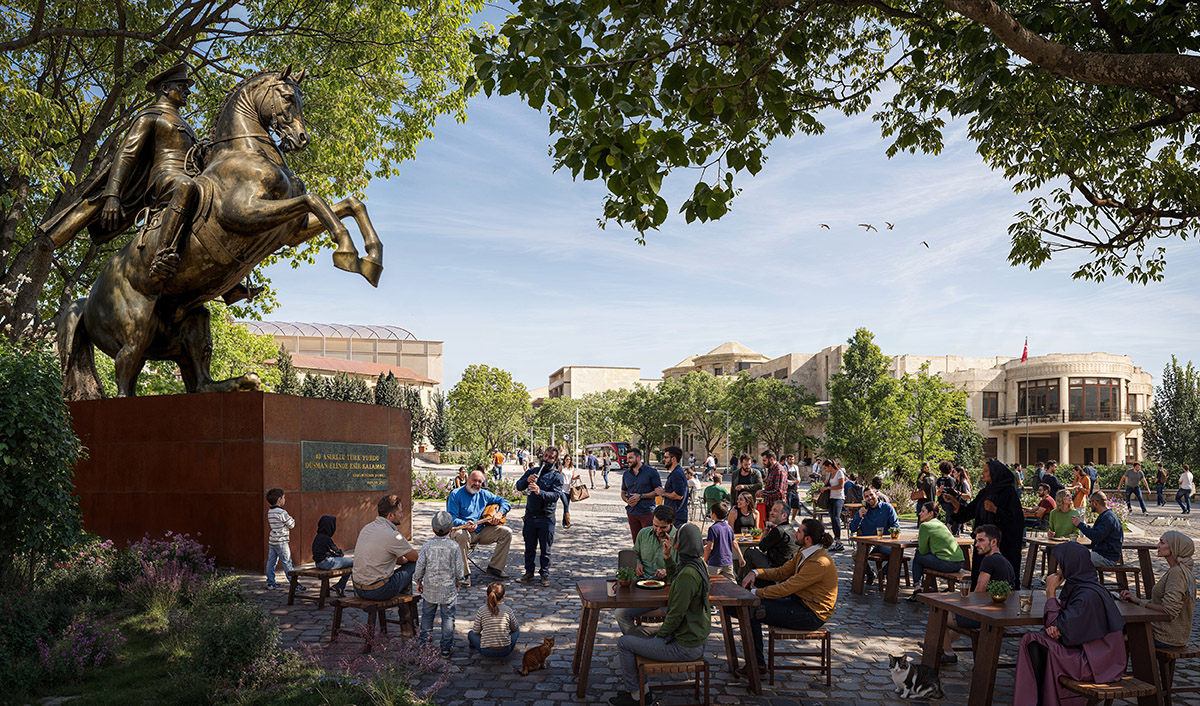
The pedestrianisation of Cumhuriet Meydani creates a new civic heart for the city
A notable feature of the project has involved understanding and incorporating Hatay's rich history into the overall plan. Similar rebuilding efforts following other recent and historical disasters have also been used as case studies to extract best practices that will support Antakya's sustainable future.
The master plan aims to revitalize the city while preserving its urban character and creating new architecture that gives its citizens a sense of belonging. The design guidelines mandate that the building scale and façade rhythm, as well as the character of Antakya's historic streets, be preserved while building on top of the current road system.
"We have been inspired by the resilience of the people of Antakya, and share their passion for their unique, historic city. Our strategy does not offer a ‘one size that fits all’ vision," said Bruno Moser, Senior Partner, Head of Urban Design, Foster + Partners.
"It balances the historic spirit of the place with improvements and enhancements that will support a sustainable future for Antakya."
"We have developed the vision underpinned by the fact that reconstruction following a natural disaster is not merely about buildings but about rebuilding communities, feelings of safety and belonging, and rebuilding trust," said Moser.
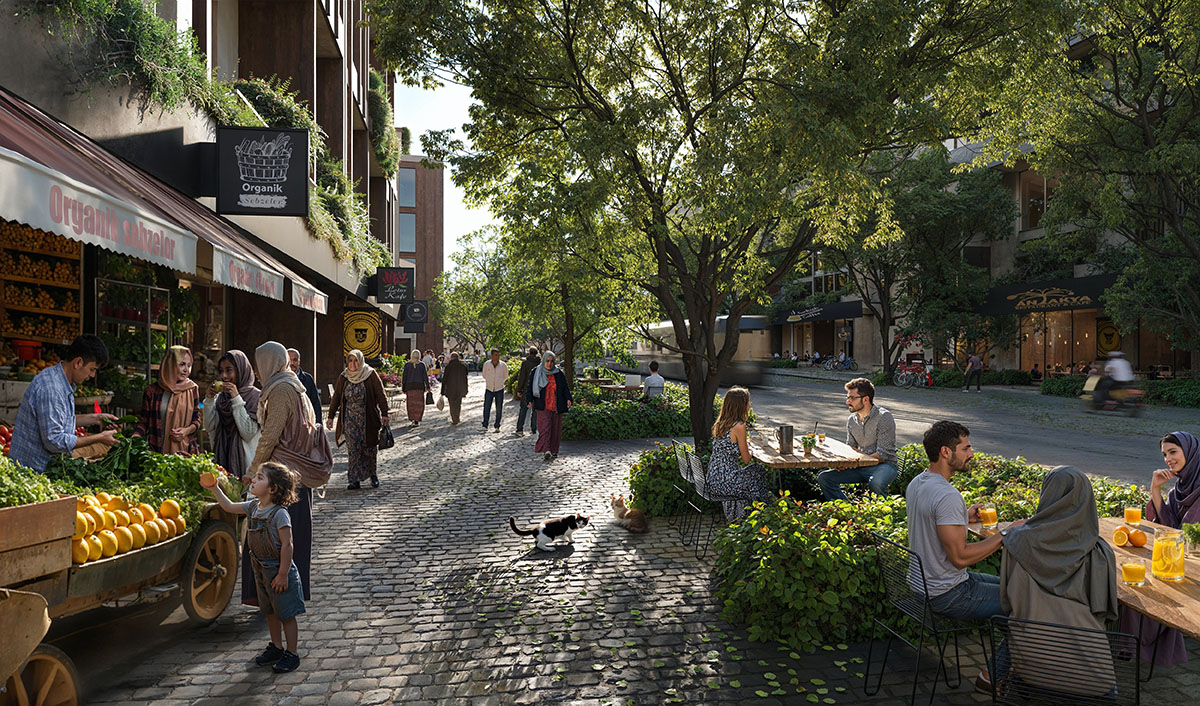
The new road networks largely follow existing patterns, retaining the arterial roads that extend from Cumhuriyet Meydam
Foster + Partners' masterplan is based on eight design principles: Build on safe land, Improve Circulation, Improve Open Spaces, Create New Districts, Layer Neighbourhoods, Enhance Connectivity Within Neighbourhoods, Enhance Connectivity Across The City, and Build Back.
The first principle, "Build On Safe Land", aims to designate new buildable land, the masterplan accounts for projected rises in water levels and suggests creating protected zones around the waterbed. The second principle, "Improve Circulation", enhances road networks that mostly adhere to the current layouts, keeping the main thoroughfares that emanate from Cumhuriyet Meydanı. Strategically, more connections have been added to increase walkability. The third principle, "Improve Open Spaces", intends to more evenly distribute and diverse open spaces and they can be created as a result of the masterplan's rationalization of river and stream edges and improvement of the road network's density. This diverse network includes new city parks, nature walks, community plazas, playgrounds, and pocket parks in addition to a variety of planned and community-focused urban green spaces.
The fourth principle, "Create New Districts", defines thirteen new districts in the master plan, with a high street featuring retail and commercial uses serving as the main spine and a stream or primary road defining each as its perimeter. There is a good distribution of greenery and open space, as well as a system of neighborhood parks and plazas. The fifth principle, "Layer Neighbourhoods", intends to create superblocks, or neighborhoods that have their own integrated circulation systems with parking, private vehicle shared roads that run in one direction, paths designated for pedestrians and those with limited mobility, and public transportation stops.
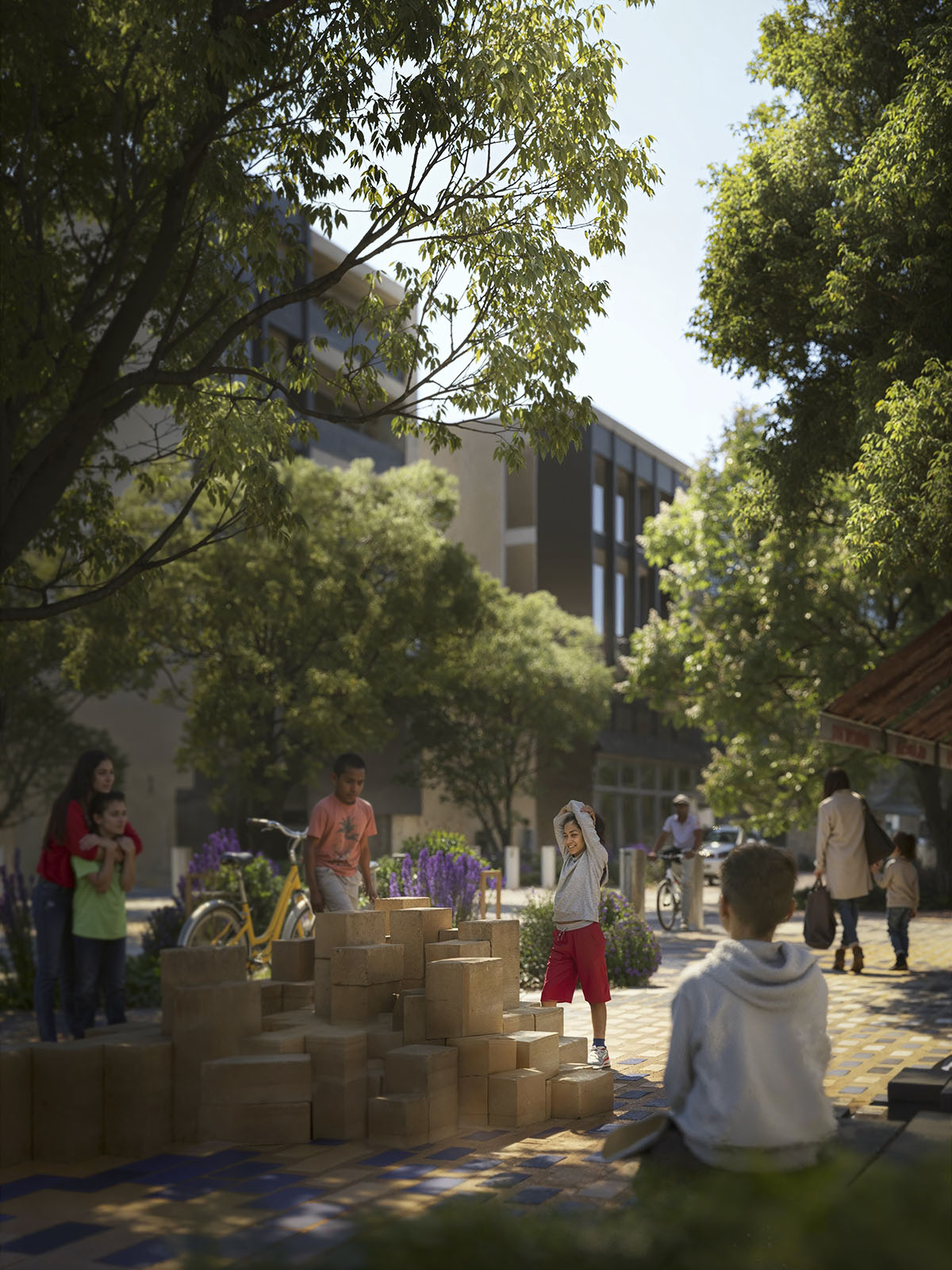
New community routes form part of a network of ‘slow streets’ that connect the hearts of the neighbourhoods
The sixth principle, "Enhance Connectivity Within Neighbourhoods", will present a plethora of social infrastructure on the high streets, such as educational facilities, libraries, cultural centers, community gardens, cooking schools, schools, and local coffee roasteries—spaces that improve the resilience and wellbeing of the community. The seventh principle, "Enhance Connectivity Across The City", offers an efficient bus transportation network, with multimodal hubs situated at significant crossroads on the city's bypass road. The eighth principle, "Build Back", aims to build more densely and redistribute density compactly. Urban sprawl beyond the outer ring road is restrained by the masterplan through densification of the city center and important commercial axes, such as high streets. This strategy would enable the same degree of development in a more condensed, smaller area.
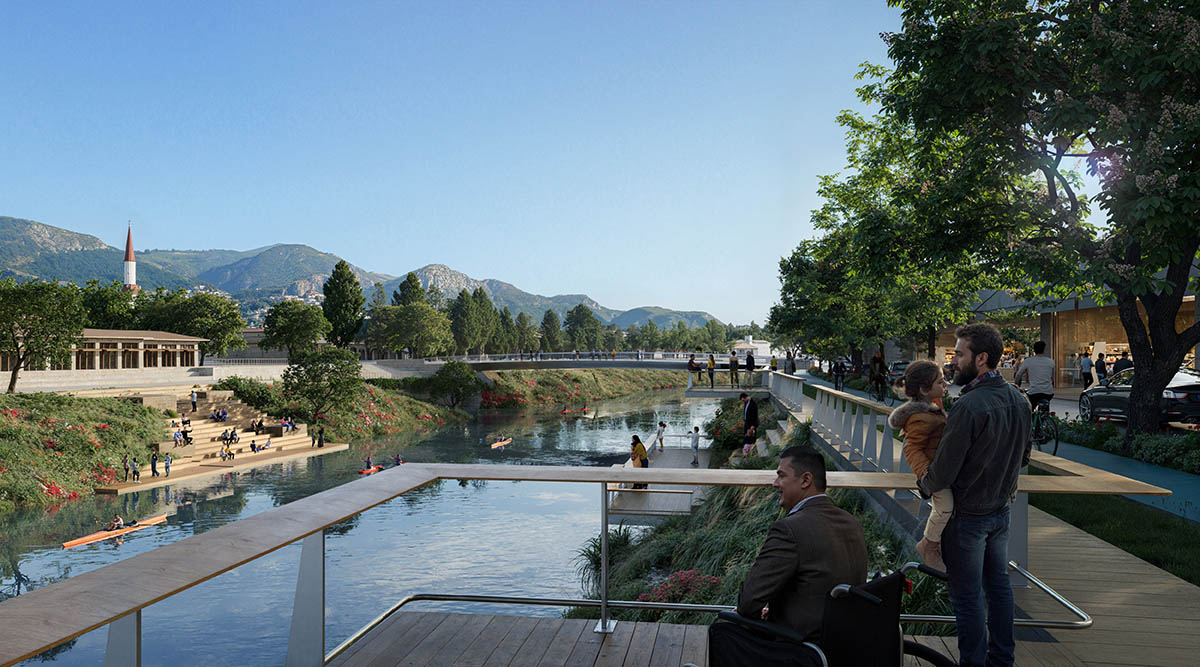
The masterplan creates a more accessible waterfront, with areas for recreation near the water's edge
Shigeru Ban also created paper partition shelters for Turkey-Syria Earthquake victims in Mersin and Hatay provinces of Turkey. In addition, Ban unveiled his Paper Log House prototype at METU Faculty of Architecture in 2023.
All renderings © Foster + Partners.
> via Foster + Partners
concept Foster + Partners masterplan Turkey-Syria earthquake
